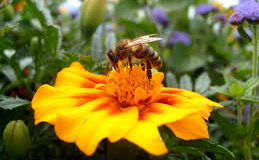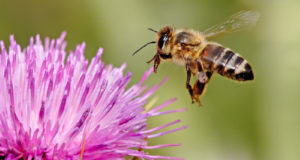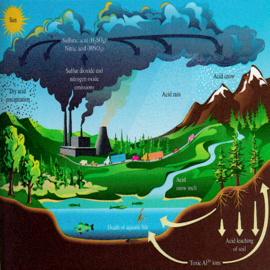
The nitrogen cycle is a natural process in any aquarium. It begins as soon as you add the first fish to the tank. Their waste products include ammonia, which starts the nitrogen cycle. During the initial setup period, it is important that you test the water quality daily, so that you can watch your tank progress through the stages of the nitrogen cycle.
In addition to simply adding fish to the aquarium, there are other ways to jump-start the nitrogen cycle. Those with saltwater aquariums can add live rock to begin the process. If you are setting up a freshwater tank, it is possible to add a cup of gravel from an established tank. Although it will contain the beneficial bacteria necessary for the nitrogen cycle, it may also contain unwanted bacteria or parasites, so this method should be used with caution.
When your new aquarium is first set up, it’s important not too add too many fish. Adding too many fish results in high levels of waste, which your new tank ecosystem may not be able to handle. As the ammonia levels spike, your fish could die. In fact, many experienced fishkeepers recommend beginning with a few inexpensive fish to begin the nitrogen cycle if you plan to keep exotic tropical fish in the aquarium. This way, if your first nitrogen cycle does not go as planned, you won’t kill off an expensive and rare fish.
As you add fish to the aquarium, ammonia levels will start to rise immediately. All of the food you put into the tank will eventually be converted into ammonia by your fish. You can expect ammonia levels to fluctuate as the aquarium ecosystem settles into a routine. However, ammonia buildup is dangerous for your fish. Signs that the ammonia is too high include red or bloodshot eyes, red inflamed gills, or red streaks on the sides of your fish. Ammonia levels of 0.25 to 0.5 parts per million (ppm) can stress your fish, while above 1.0 is considered lethal. Although it’s best to let the beneficial bacteria eat the ammonia, continuing the nitrogen cycle, if the levels get too high you should change 15 to 25 percent of the water to reduce ammonia levels. Reducing the amount of food you are feeding will reduce future ammonia levels.
Within two weeks of introducing the first fish to your new aquarium, a beneficial bacteria will start to eat the ammonia. This nitrifying bacteria converts ammonia into nitrites. Your tank may become cloudy during this stage in the process, as the bacteria multiply quickly to eat the excess ammonia. At this point, nitrites should begin appearing on your water test results.
In another week or two, you will start to see increasing nitrate levels on the water test strips. Moderate levels of nitrates cause no harm to your fish. They can build up, however, especially if you are not diligent about changing the water in the tank. If levels go above 80 to 100ppm, a water change can help increase the water quality in the aquarium. In addition to regular water changes, live plants can also remove nitrates from the aquarium environment.
The nitrogen cycle is a very important process in your aquarium. You can expect the full cycle to take anywhere from three to six weeks to become established. This step is crucial if you want the aquarium to be healthy, and it must be monitored closely with water test kits.

Source by Jason MacParland
 Vitamin Agent The Health & Naturalistic Source
Vitamin Agent The Health & Naturalistic Source





